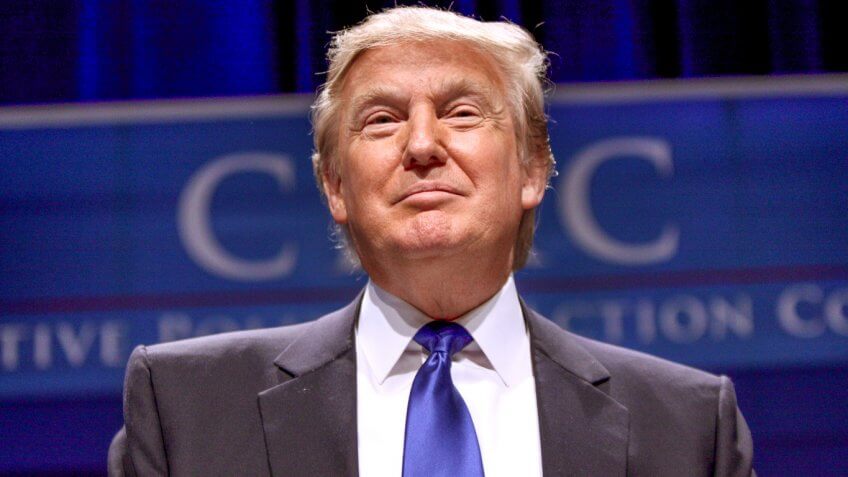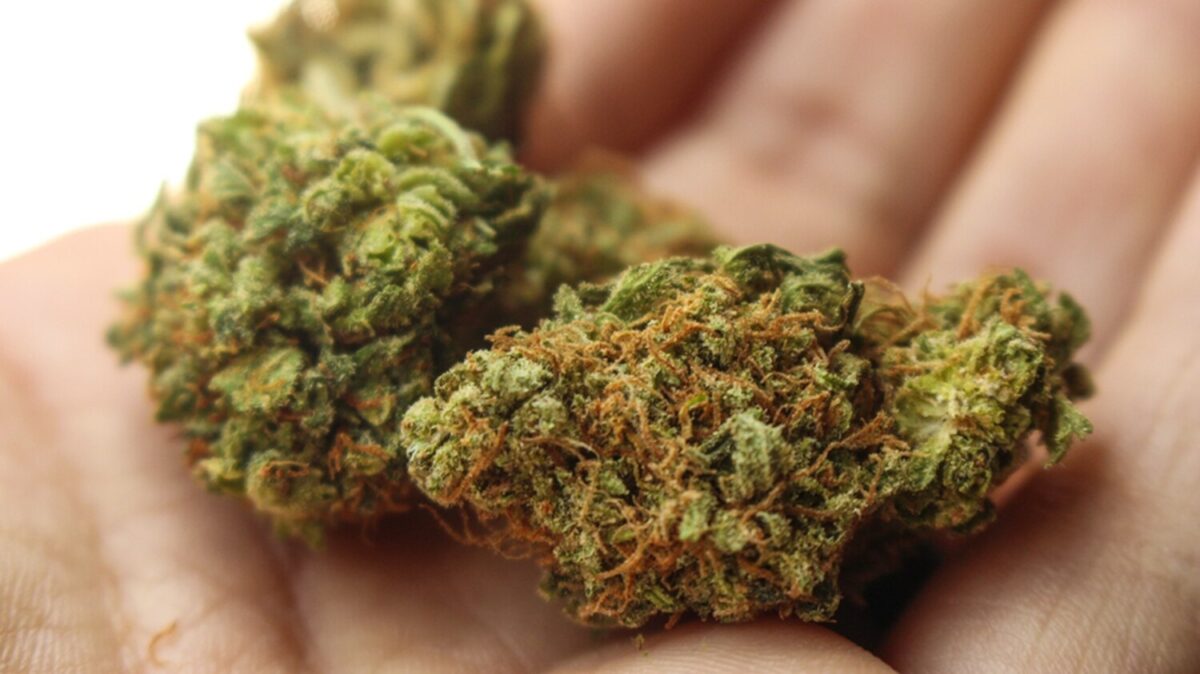This was a significant milestone for cannabis because during the 1960s, the majority of cannabis that was coming into the United States was coming from tropical regions such as Vietnam, Laos, Cambodia, Thailand, Colombia, Mexico, and Jamaica and were designated by names that indicated where they were grown such as Colombian Gold, Acapulco Gold, Michoacán, and Thai Stick.
Starting in the late 50s and going through the late 70s, people from the counterculture started navigating their way from London to India on what has become known as the “Hippie Trail”.
These traveling adventurers would play a significant role in the evolution of cannabis varieties because as they would travel through Afghanistan, they would pick up and bring back ancient varieties of cannabis that had long been bred for hashish and had broad leaves and short flowering times. Incorrectly identified as “Indica” because the leaf morphology was so different from the more common narrow leaf “sativa” varieties originating in the tropical/equatorial regions listed above. Afghan cannabis is so unique to the other varieties around the world that it has been argued that it should have its own classification.
Please see my article: Ditch the Old Terminology (An Indica / Sativa Response)
Further east on the trail was India, where true “Indica” grows. In India, cannabis leaf morphology ranges from broad leaflet varieties in the north, to very narrow leaflet varieties down south and along the coast. I recently received seeds from Manipur India, which have been grown in the region for their drug content for thousands of years and they are the smallest seeds in my collection at 101 seeds per gram. Comparatively, “Purest Indica” and Northern Lights #2 are large and have approximately 38 seeds per g, followed by Northern Lights #5 and Skunk #1 at 50 seeds per g, and some of the smallest are Original Haze at 70 seeds per g.
One of the hippies who took the Hippie Trail back in the early 70’s was Skunkman Sam and his wife of now 53 years, who hitchhiked from London to Morocco, and from Morocco back up to Germany, through Afghanistan and across to India, where they lived for over a year. Along the way picking up varieties of cannabis and saving the seeds.
When Skunkman Sam arrived back in California after his time in India, he just happened to move next to the breeder of Original Haze. Sam realized that the original combination of Haze was unique and he kept it isolated away from his other varieties so that it would not experience genetic drift, which would cause the loss of the variety over time.
During the early 70s, Skunkman Sam started breeding together some of the varieties he brought back on his journey along with some of the varieties that were being imported into California and created what would become known as Skunk #1, which is a combination of (Afghan x Colombian Gold) x Acapulco Gold.
Skunk #1 would revolutionize cannabis cultivation because it was a relatively consistent and uniform variety that had incredibly high-quality buds and flowered in a short amount of time. Fortunately, or unfortunately, depending on who you ask, the initial rendition of the variety favored the Afghan which was very pungent and smelled similar to a skunk scent, hence the name “Skunk #1”. This new variety which would harvest in late August compared to November or December for Haze, quickly took over as the favored variety by many growers.
We now understand that this funky acrid scent is caused by thiols which humans can detect in parts per trillion. Usually it is a scent that is released when food is going bad and it is a clue for humans to avoid it. Since the 80’s, many breeders have selected away from plants with thiols and favored the terpenes which are responsible for the sweeter side of cannabis.
In 1976, Skunk #1 seeds were released by the first modern seed company which was started by Skunkman Sam and called “Sacred Seeds”. Sam would go on to collect varieties from the likes of Mel Frank and other lesser known cannabis cultivators to create one of the greatest genetic collections imaginable.
In 1979 Sam authored an article titled “Sun, Soil, Seeds and Soul” for an LSD magazine called BLOTTER. The article was focused on educating the readers about breeding the best characteristics of cannabis. When I asked Skunkman Sam how he was able to breed Skunk #1 to be relatively true breeding, he very humbly said; “I didn’t, nature did. I just had to cross together and test enough plants until I found the combination that worked”.
In the mid 70s, Afghan varieties started becoming quite popular with growers who realized the advantages of an early harvest and heavy yield. Some of these Afghan seeds made their way up to the Pacific Northwest and became known as “Purest Indica” and “Hash Plant” eventually became the backbone of what we now know as the “Northern Lights” family of crosses.
The NL hybrids were created in the early 80s by a group of friends around a former Marine and Vietnam veteran nicknamed Seattle Greg. Greg told me that in 1979 he received just 4 seeds of the “Purest Indica” from the author Murphy Stevens, who published one of the most advanced cultivation books in the mid 70s titled: How to Grow Marijuana Indoors Under Lights.
Greg crossed these four seeds together as an IBL or “in bred line” and passed the seeds that he made out to his friends who then out-bred the “Purest Indica” with the varieties that they were already growing. They shared some of their seed creations back with Greg, who grew them out and then numbered them from #1 to #11 based on #1 being the closest morphology to the “Purest Indica” and #11 being mostly tropical or narrow-leaf. The ever popular Northern Lights #5 was in the middle with a nice balanced combination of both the “Purest Indica” and equatorial genetics.
In 1984, the work of these two breeders and collectors would converge in an unusual way when a heroin attic named Nevil used a grant from the Dutch government to get clean by growing cannabis seeds and starting a company that he called “The Holland Seed Bank”.
Nevil was inspired to start growing after reading a Mel Frank book in the early 80’s and by 1984, he was growing indoors under lights, but not having the greatest success with the seeds available to him. It is interesting that Nevil would come to be regarded as a great breeder because if anybody started growing cannabis and then less than one year later, started a seed company, I don’t think anybody would think they were all that experienced as a breeder, but in the 1980s, it was easy to take credit for other people’s work and that’s exactly what Nevil and many others in the Amsterdam seed business did. Amusingly enough, I have often had to remind my European friends that there are no skunks in Europe and that none of them would know what one smelled like unless they visited the United States because a skunk is a North American animal.
Initially Nevil started collecting seeds from the local coffee shops around the Netherlands and sold the seeds for just $.50 each with the disclaimer that he could not vouch for the quality of the seeds because he didn’t grow them, but that would all change when Nevil was introduced to Skunkman Sam and Seattle Greg who supplied Nevil with the genetics that they and their friends had been working on for years.
In 1984, Nevil acquired from Skunkman Sam; Skunk #1, Hindu Kush, Afghan #1, Durban Poison, California Orange, Early Girl and many others. Later in 1987, Nevil would also be given a couple Haze males from Skunkman Sam that Nevil used for breeding, and hybrids with Haze first appeared in The Holland Seed Bank’s 1988 catalog.
In 1985, Nevil acquired the Northern Lights hybrids #1 through #11 from Seattle Greg, but he did not get the “Purest Indica” which is the parent variety of all Northern Lights hybrids because Greg did not want Nevil to be able to make the Northern Lights hybrids without him.
Immediately after receiving these classic varieties, Nevil started crossing them together and creating secondary and tertiary colors such as Northern Lights #5 x Haze, NL#5 x Skunk #1, Silver Pearl which was Early Girl x Skunk #1 x NL#5 and many others.
While The Holland Seed Bank was not the first to sell cannabis seeds, it quickly became one of the most significant because it was the first seed company to advertise in High Times magazine and sold seeds to America, which was not only the largest market, but also the most dangerous because seeds were completely illegal at the time in the USA. In March of 1987, High Times ran an extremely long and personal article interviewing Nevil, and focusing on The Holland Seed Bank which made what he was doing instantly legendary to the rest of us reading through the pages of the world’s only cannabis magazine at the time.
In the years that followed, this relatively small group of varieties would become the foundation of many of the modern hybrids that we have today. When science started looking at the DNA structure of cannabis and comparing the relationships of many of the cuttings that are commonly cultivated throughout California and many legal states, they realized that almost all of them were related and had either Skunk #1 or Northern Lights genetics, or in many examples, both.
Fortunately, these primary colors were tucked away in freezers and refrigerators and decades later, I was honored to receive many of the same genetics shared with The Holland Seed Bank in 84 & 85 such as Afghan #1 & Durban Poison from Mel Frank, Skunk #1 & Original Haze directly from Skunkman Sam and “Purest Indica”, Northern Lights #2 & Northern Lights #5 directly from Seattle Greg, which are currently available through my seed company: AGSeedCo.com
The post The Primary Colors of Cannabis appeared first on High Times.



